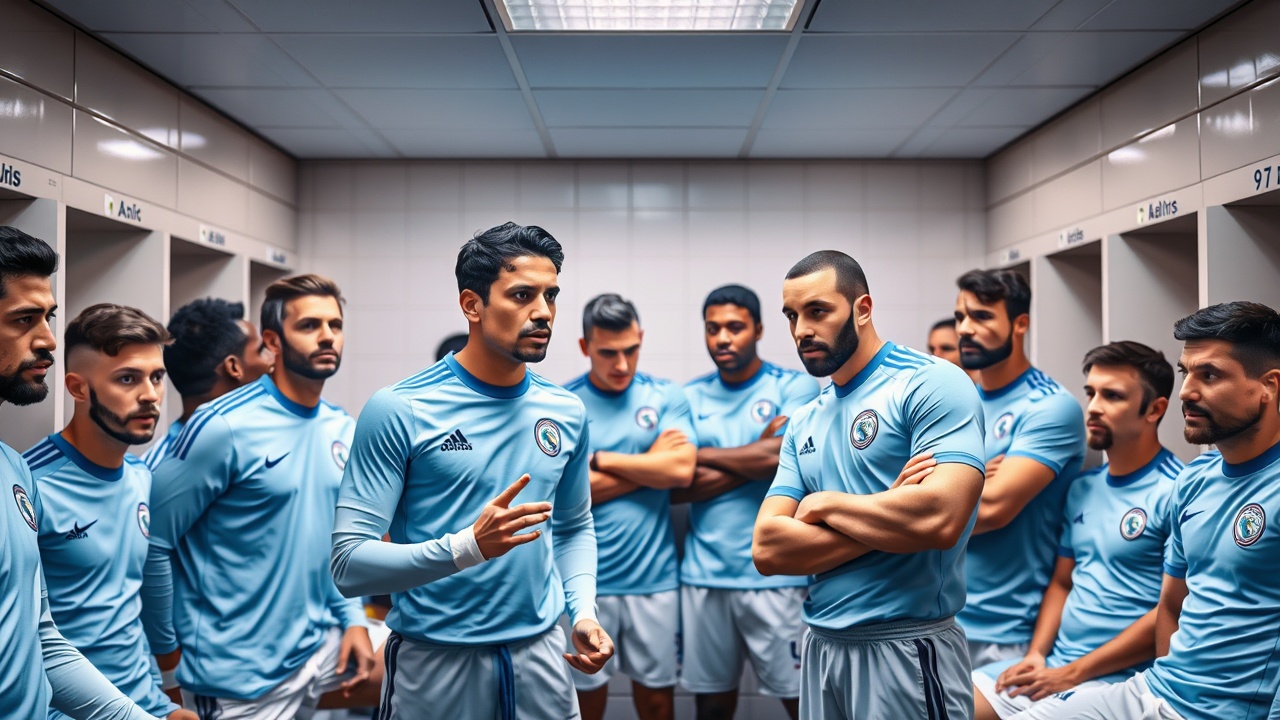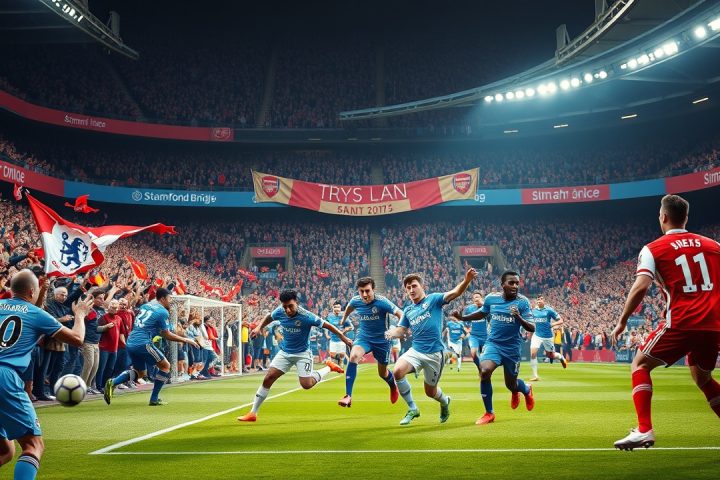Emotional Leadership in Football
Emotions ran high in the Fluminense dressing room moments before their critical match against Inter Milan in the Club World Cup round of 16. Team captain Thiago Silva, visibly moved and overcome with emotion, gathered his teammates for a heartfelt address meant to inspire them before taking to the field. Teammates formed a tight circle around him as his thoughts turned to personal losses and aspirations, grounding all in the reality that this game was a moment to seize.
Silva’s Heartfelt Address
Silva recalled significant moments from his past, reflecting on both his career and personal sacrifices. He vividly remembered the 2014 World Cup, where he faced heartbreak after learning of his stepfather’s illness during the national team’s matches.
“I came back to the national team, and you know how that ended,”
he said, referencing Brazil’s devastating semifinal defeat to Germany. Through tears, he shared about not being able to say goodbye to his stepfather, a man pivotal to his career.
“Don’t hold back out there, man. Do it now, do what we can do, right now,”
he urged his teammates, emphasizing the importance of living in the moment as they faced their opponents.
This emotional plea lit a fire under the Fluminense squad, leading to a remarkable 2-0 victory over the storied Inter Milan, propelling them into the next round of the tournament. Silva’s leadership echoed throughout the stadium, generating an electrifying atmosphere that would see them triumph again against Al Hilal afterward.
The Art of Team Talks
In the world of football, team talks serve different purposes, often blending emotional appeals with tactical guidance. Silva’s impassioned speech stands in contrast to historical narratives of noteworthy halftime adjustments, such as the one made by Liverpool manager Rafa Benitez during the 2005 Champions League final. Facing a daunting 3-0 deficit against AC Milan, Benitez opted for a composed, tactical approach rather than a raucous motivational speech. His strategic adjustments, coupled with tranquil yet determined messaging, resulted in a historic comeback that redefined hope in football.
As the game evolves, so does the art of leading teams. Managers today like Arsenal’s Mikel Arteta employ various innovative means to inspire their players, from visuals to personal anecdotes that foster connection. While methods vary, the core remains consistent: understanding the group’s morale and leveraging it for enhanced performance.
Research and Insights
A study published in the International Journal of Sports Science & Coaching demonstrates the effectiveness of both emotional and instructional team talks. Players perform optimally when presented with clear expectations tailored to the specific game scenario. Kieran Gibbs, a former Premier League player, shed light on how he’s encountered different styles across clubs, noting that the overwhelming emotional calls can drain energy if not balanced with strategic insight.
Arteta has faced critiques for his unconventional tactics, and yet the underlying sentiment remains similar to Silva’s—draw from passion while steering the players with clarity. He’s known to pair illustrations with motivational messages, cultivating an atmosphere where focus and enthusiasm intersect.
Conclusion
Both Silva and Arteta reveal that management styles must adapt to the situational needs of the players they lead. They recognize that at times, the mix of emotional spirit and tactical acuity must harmonize perfectly to unlock potential on the pitch. Silva’s leadership in the heat of a game illustrates that great players can also transition seamlessly into guiding roles, with an innate ability to connect deeply with teammates and manage the moment.




